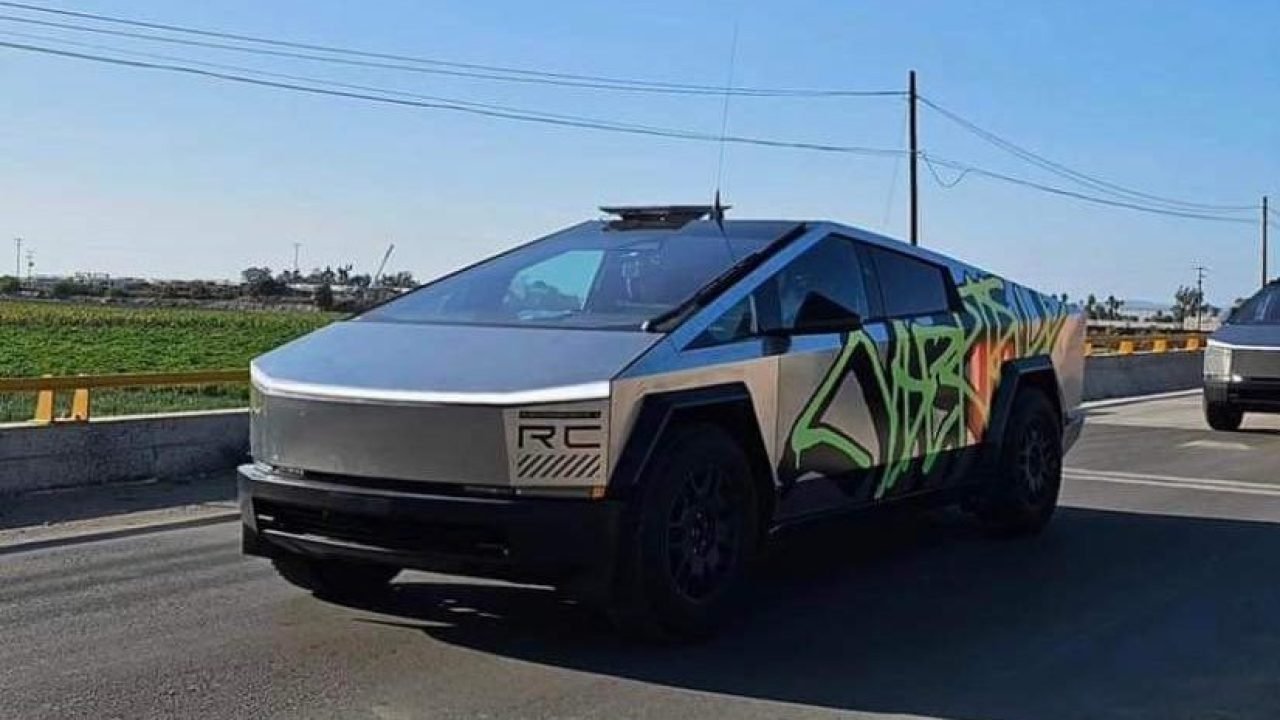In recent incidents across the United States, Tesla’s innovative electric pickup truck, the Cybertruck, has become a target for vandalism, casting a shadow over its otherwise promising potential in the EV market. From Miami to California, these vehicles have faced attacks, ranging from deliberate attempts to damage their robust windows to more severe forms of vandalism involving entire fleets at Tesla delivery lots.
California Incident: A Closer Look at Cybertruck’s Durability
In one notable incident in California, a Tesla Cybertruck owner captured footage of an assailant attempting to break the vehicle’s window using a spring-loaded glass-smashing device. Despite multiple hits, the vehicle’s windows, touted for their high durability, withstood the attack, suffering only minor cracks that did not compromise their integrity. This event underscored the robust design of the Cybertruck, particularly its window technology, which initially faced criticism during its unveiling due to an unexpected breakage.
Supercharger Stations Also Targeted
The vandalism has not been limited to the vehicles themselves. Tesla’s infrastructure has also been compromised. In the Bay Area, vandals severed the charging cables at a Supercharger station, rendering it inoperable and causing significant disruption. This form of vandalism not only impacts Tesla vehicle owners but also poses broader challenges for the maintenance and reliability of EV charging networks.
Miami: A Hotspot for Tesla Vandalism
Further incidents have been reported in Miami, where multiple Cybertrucks were vandalized at a Tesla delivery lot. The attacks included damaging the vehicle bodies, illustrating a growing trend of targeted vandalism against Tesla’s products.
Implications for Owners and the Industry
These acts of vandalism not only raise concerns about the safety and security of electric vehicles but also highlight the need for enhanced protective measures and possibly more stringent penalties for such offenses. For potential owners, the incidents could cause hesitation, fearing recurring damages and the associated costs of repairs and replacements.
In response to these challenges, Tesla may need to consider not only reinforcing vehicle security features but also working more closely with local authorities to address and deter such destructive behaviors. The Tesla community and prospective buyers will likely watch closely to see how the company navigates these incidents, which could significantly influence consumer confidence and the broader acceptance of EVs.







